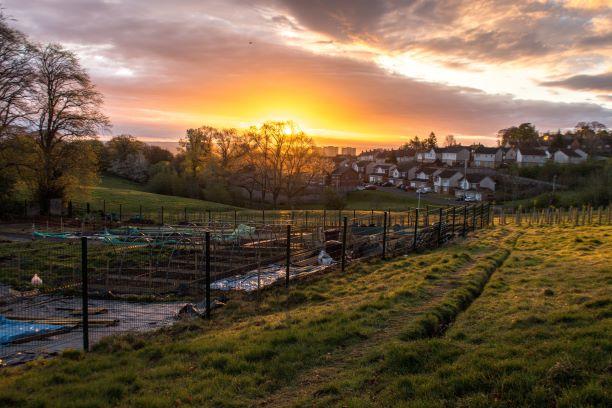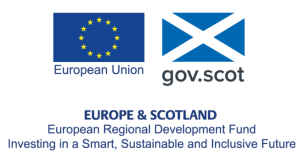What is Blue-Green Infrastructure?
How and why Blue-Green Infrastructure (BGI) was used
The GISI improved the quality of our urban fabric through investment in blue-green infrastructure, based on an understanding of the way the urban environment works and the benefits it brings to people, and involving people in decisions about their environment.
The GISI created better places and enhanced the quality of life of urban dwellers by improving the quality, accessibility and quantity of blue-green infrastructure in our major towns and cities. It targeted urban areas in Scotland that had a deficit of good quality greenspace, and suffered from multiple-deprivation and an excess of vacant and derelict land.
A copy of the Policy Background that informed the entirety of the project is available.
What is Blue-Green Infrastructure?
Blue-green infrastructure (BGI, sometimes just called Green Infrastructure, or GI) includes the 'green' and 'blue' features of our towns and cities that can provide environmental benefits and contribute to our quality of life. These include woodlands, street trees, play spaces, allotments, community growing spaces, playing fields, road verges, swales, green walls and living roofs, rivers, canals, streams, wetlands, sustainable drainage, active travel and recreational routes, and much more.

Why Blue-Green Infrastructure?
Urban greenspaces or green connections can be thought of as “green infrastructure” because simple things like trees, greenspaces and watercourses, in addition to their ecological function, can provide valuable services to people. Improving green infrastructure enhances shelter, access and travel options, sustainable urban drainage, pollution mitigation and food production as part of a wider urban ecosystem. Working in this way, our urban environment can host enhanced habitats for wildlife and create attractive places for people, which can in turn bring benefits for people’s health and well-being, thus delivering multiple and multi-functional benefits.
The Scottish European Regional Development Fund (ERDF) Operational Programme identified that the GISI would help to make Scotland’s cities more attractive and environmentally sound places in which to live and invest. It contributed to thematic Objective 6, “preserving and protecting the environment and promoting resource efficiency”.
Green Infrastructure can change urban areas in many ways, transforming towns and cities into more enjoyable, attractive places to live. It can also help us to adapt to climate change, mitigate flooding and improve air quality.






